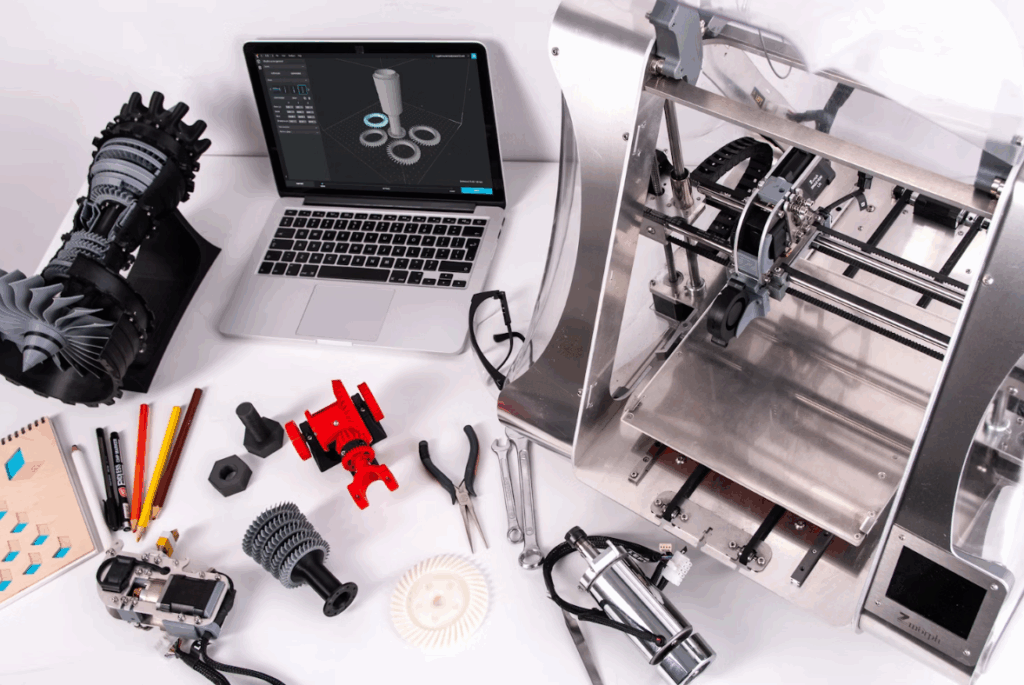Collaborative CAD has traditionally meant sharing files, managing revisions manually, and hoping for the best. But with the rise of cloud infrastructure, the question of how to collaborate on CAD has been redefined. In a cloud-native world, collaboration isn’t an added layer—it’s the foundation.
Step one is eliminating files as a bottleneck. Traditional desktop CAD requires saving, uploading, and exchanging files, each step increasing the risk of confusion and misalignment. In contrast, platforms built for synchronous CAD editing allow all team members to work on the same design in real time, with automatic version tracking and centralized access.
Step two involves structuring collaboration roles. A team-based CAD platform lets you define permissions for editors, reviewers, and viewers. This prevents unauthorized changes while maintaining transparency and involvement from all stakeholders.
Communication is another crucial pillar. Instead of relying on external emails or calls, the best systems integrate in-platform commenting and design history annotations. This keeps all discussion contextual—attached to specific design elements, versions, or moments in the process.
When it comes to large teams, scaling can be difficult with local solutions. CAD for remote teams offers on-demand access without installations or IT setup. Whether it’s a design sprint with five engineers or a long-term project with fifty contributors, cloud-native CAD enables growth without friction.
Data integrity is the next concern. Product data management in CAD ensures all iterations are tracked, searchable, and reversible. This is especially important in regulated industries where documentation and audit trails must be complete and secure.
Cross-functional collaboration is also made easier. Industrial designers, mechanical engineers, electronics specialists, and supply chain managers can now work together on shared models, each contributing from their expertise—without duplication or confusion.
Finally, culture matters. Knowing how to collaborate on CAD is not only about tools, but also about building trust, assigning ownership, and encouraging exploration. Tools like Onshape for 3D product design support this by combining freedom with discipline, visibility with flexibility.
In a cloud-native world, effective CAD collaboration isn’t a luxury—it’s an essential part of modern engineering. And those who embrace it today are shaping the products of tomorrow.

